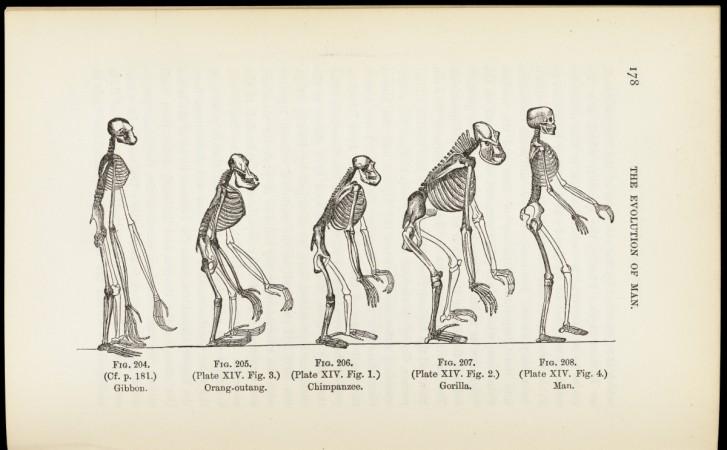
The thought that at some point in the past, there was a single woman from whom all humans branched out -- remained a popular and widely accepted theory since the 1980s. Now, new research shows that this woman, often called "Mitochondrial Eve" might not actually be the one single ancestor of all humans.
Human evolution, it turns out, is actually a lot more complicated than that, notes the researchers in a release. Mitochondrial Eve, who is believed to have lived in Africa somewhere between 150,000 to 200,000, is believed to be part of a single ancestral population which also lived in one region of Africa that gave birth to the Homo Sapiens that make up modern humans.
Looking through archaeological and environmental evidence, a team of experts have come up with an alternate to the more popular story of human evolution which shows a more complicated web of evolution that sprang up in different parts of Africa in their own isolated pockets. These groups must have had to come together to occasionally mix and breed. Gradual intermingling of peoples from all over Africa has led to the unique genetic characteristics that make up modern humans, say the researchers.

"While 'Mitochondrial Eve' was a real person, she wasn't the only ancestor around, and would not have come from the only population around," Eleanor Scerri from Oxford's School of Archaeology lead author of the study said to Gizmodo. "She just happened to be the woman from which all people living today inherited their mitochondrial genetic code."
Having said that, Mitochondrial Eve, like other humans of her time, featured a diverse genetic lineage, said the researchers. The story of her species, as this new paper illustrates, did not begin nor end with her, said Scerri, nor did it with the immediate population to which she belonged.
This idea that all modern humans came from one population and then progressed in a simple, linear way to the modern physical appearance that is common now is an attractive thought, she added, but it is no longer a good fit with available information.
"Instead it looks very much like humans emerged within a complex set of populations that were scattered across Africa."
The findings of this suggest that human ancestors were spread wide across the entire continent of Africa and were segregated by diverse habitats as well as environmental boundaries within the continent. Each region was separated by natural features like deserts, forests and rivers, notes the report. This meant that there were periods of prolonged isolation between different groups of early humans. This gave rise to a variety of human forms and diverse traits.
When these groups discovered each other and began to breed, the best characteristics, from an evolutionary point of view were carried over while some were lost. Researchers say that because of this new finding, phrases like "archaic humans" and "anatomically modern humans" could be incorrect, now that there is much more evidence.
The paper was first published in the journal Trends in Ecology & Evolution.

















